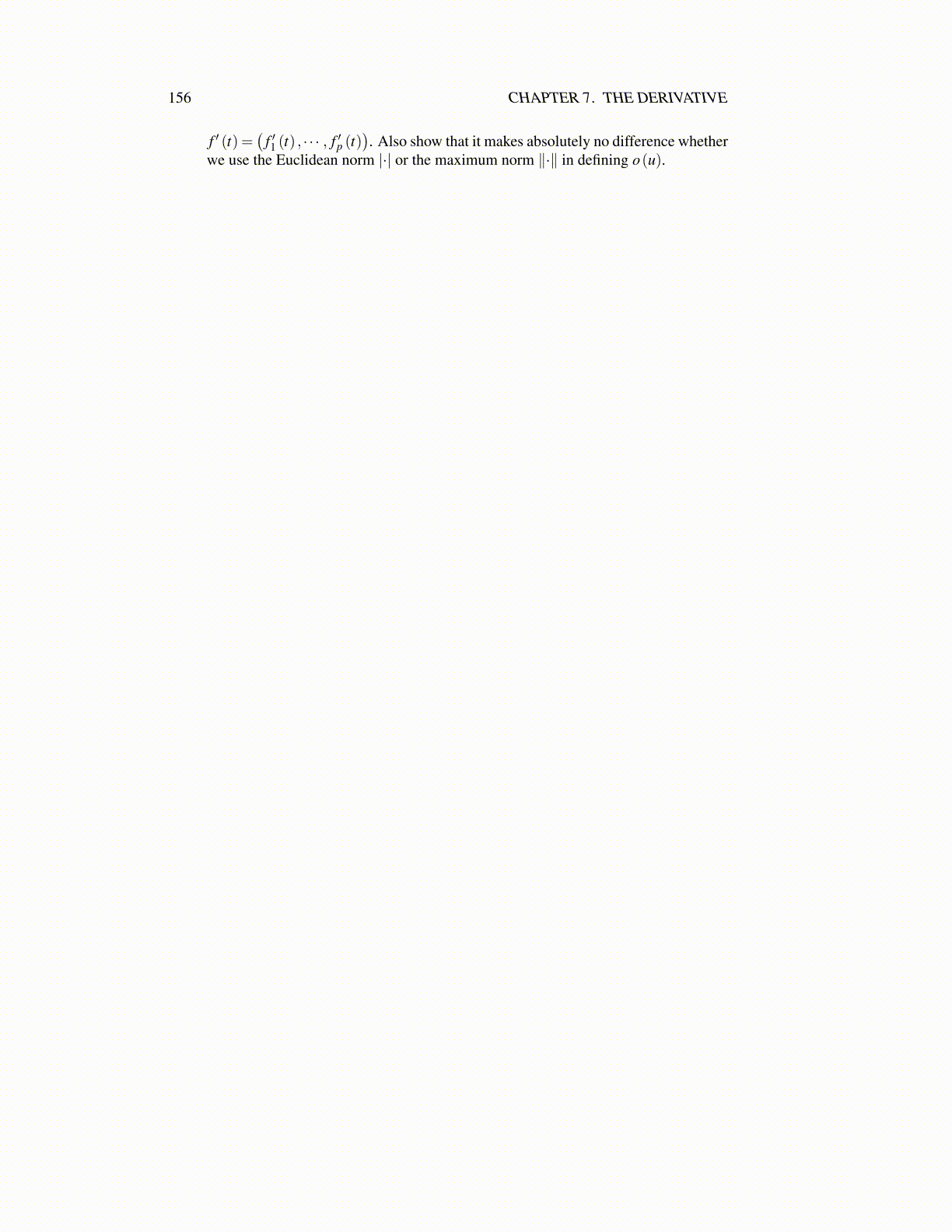
156 CHAPTER 8. POWER SERIES
Thus define
r ≡
1/ limsupk→∞ |ak|1/k if ∞ > limsupk→∞ |ak|1/k > 0∞ if limsupk→∞ |ak|1/k = 00 if limsupk→∞ |ak|1/k = ∞
Next let λ be as described. Then if |x−a| ≤ λ , then
lim supk→∞
∣∣∣ak (x−a)k∣∣∣1/k
= lim supk→∞
|ak|1/k |x−a| ≤ λ lim supk→∞
|ak|1/k ≤ λ
r< α < 1
It follows that for all k large enough and such x,∣∣∣ak (x−a)k
∣∣∣< αk. Then by the WeierstrassM test, convergence is uniform.
Note that the radius of convergence r is given by limsupk→∞ |ak|1/k r = 1
Definition 8.1.4 The number in the above theorem is called the radius of conver-gence and the set on which convergence takes place is called the disc of convergence.
Now the theorem was proved using the root test but often you use the ratio test to findthe radius of convergence. This kind of thing is typical in math and one must adjust to thisfact. The proof of a theorem does not always yield a way to find the thing the theoremspeaks about. The above is an existence theorem. There exists a disk of convergence fromthe above theorem. You find it in specific cases any way that is most convenient.
Example 8.1.5 Find the disc of convergence of the Taylor series ∑∞n=1
xn
n .
Use Corollary 5.4.10. limn→∞
(|x|nn
)1/n= limn→∞
|x|n√n = |x| because, as shown earlier,
limn→∞n√
n = 1 and so if |x|< 1 the series converges. The points satisfying |z|= 1 requirespecial attention. When x = 1 the series diverges because it reduces to ∑
∞n=1
1n . At x =−1
the series converges because it reduces to ∑∞n=1
(−1)n
n and the alternating series test appliesand gives convergence. What of the other numbers z satisfying |z| = 1? It turns out thisseries will converge at all these numbers by the Dirichlet test.
Example 8.1.6 Find the radius of convergence of ∑∞n=1
nn
n! xn.
Apply the ratio test. Taking the ratio of the absolute values of the (n+1)th and the nth
terms(n+1)(n+1)
(n+1)n! |x|n+1
nn
n! |x|n = (n+1)n |x|n−n = |x|
(1+
1n
)n
→ |x|e
Therefore the series converges absolutely if |x|e< 1 and diverges if |x|e> 1. Consequently,r = 1/e. This problem assumes that you remember from calculus the last limit. If not, thiswill be discussed later.